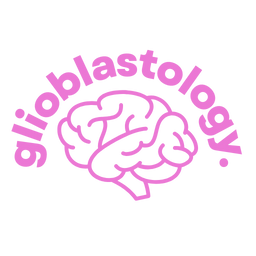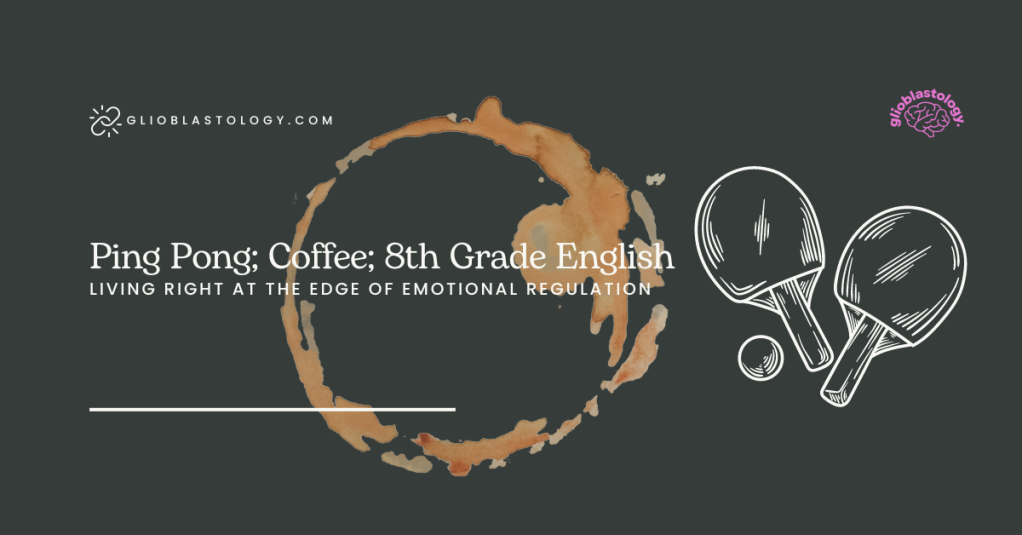Philosophy
-
I come into the realm of survivorship in a curious place: An expert in the lived experience of my illness, but not yet an expert in the geography of long term survivorship. You and me readers, we figured out the first five years together, and now we are cartographers on a more grave mission, to…
-
“When the world is disrupted and you must reorient your life, you can trust that your values, goals, and purpose will carry you through.”



